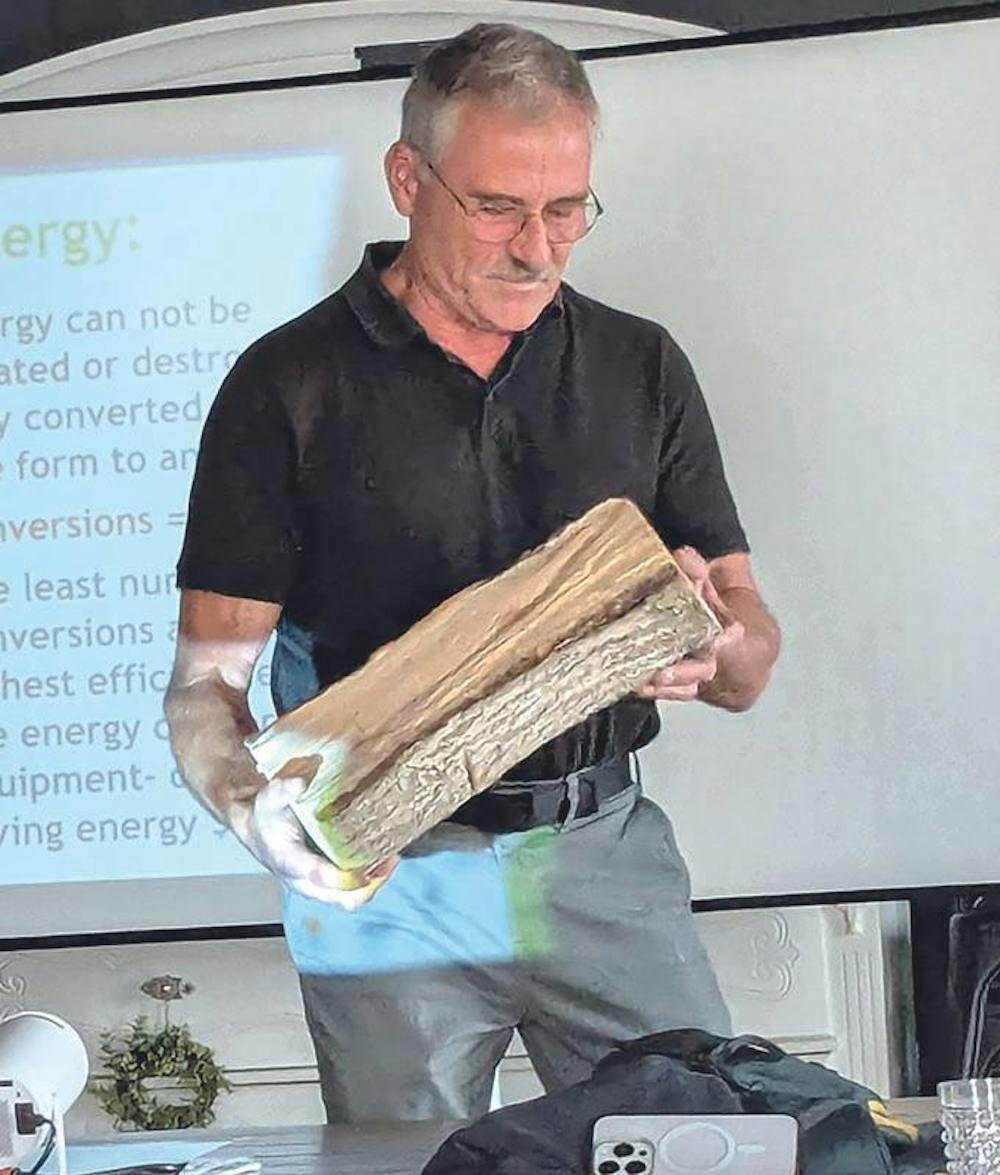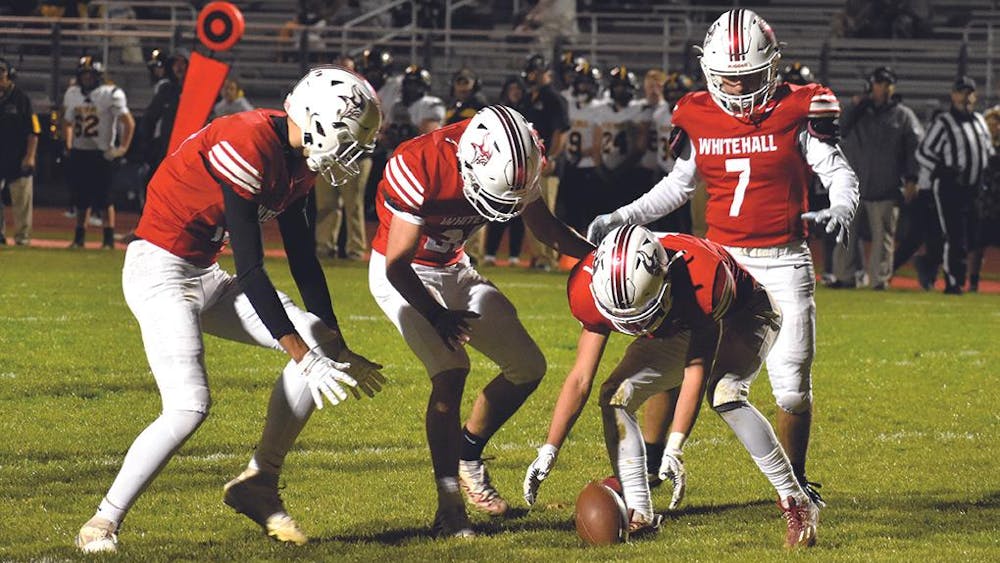MONTAGUE — Local landowners received information about harnessing renewable energy to gain financial and environmental benefit during a Muskegon Conservation District event last Wednesday, July 23, at Home & Gather in Montague.
Kelly Bishop, a conservationist for the Natural Resource Conservation Service, and Duane Watson, who works in renewable energy for GeoSmart LLC, were presenters at the event.
Watson joked about humanity's "obsession with burning things" to create energy. Among the most vivid examples he used of renewable energy was electric cars versus fuel combustion. According to several sources, only up to 30%, and often less, of the fuel used in gas-powered cars goes towards the car's movement, while the U.S. Department of Energy reports that close to 90% of energy used by an electric car goes toward its movement.
Another potential energy-efficient upgrade for homes and farms alike is the use of geothermal heat pumps, which Watson said use about 20% of the power of electric space heaters.
Watson isn't just a professional user of renewable energy, but a personal one as well, saying his family has two electric cars and rooftop solar energy, the latter of which powers the two cars.
"You can't beat free fuel," Watson said.
Of course, not everyone can afford electric cars or geothermal pumps to install rooftop solar energy - especially, as Watson noted, with many renewable energy tax credits set to expire at the end of the year. However, that doesn't mean there's nothing to be done for those less wealthy among us to improve energy efficiency.
Watson brought out a mercury vapor light, commonly used to provide light to large areas both indoors and outdoors, as an example of an older style of light that "burns up energy." Light-emitting diode (LED) bulbs, he said, would provide a big improvement over those lights. Another benefit of LED bulbs is that they produce less heat than inefficient ones, which doesn't just boost efficiency but is safer for human hands.
West Michigan happens, Watson said, to be the site of "the biggest battery in the Midwest" - the Ludington Pumped Storage Plant, a hydroelectric plant. According to a 2022 Detroit News article, the plant produces and holds large amounts of energy that can be deployed when it's needed on the power grid. Due to prohibitive up-front costs, the plant hasn't yet been replicated in this region, but Watson believes areas like that are "the future, hopefully; a wholly smart grid" that can deploy energy when it's needed and reduce waste.
The future is on its way; Ember, a nonprofit think tank that specializes in clean energy, reported earlier this year that this March was the first month in history in which over half of American electricity was generated by renewable energy.
Bishop, a conservationist for the Natural Resource Conservation Services, also spoke about renewable energy. Her aim was to show landowners potential ways to sign up for financial assistance for those willing to implement conservation-focused changes to their land, particularly farms, through programs enacted by the 2018 Farm Bill. The Farm Bill is a major federal bill that is periodically reauthorized; the 2018 bill was set to expire in 2023 and has twice been extended since.
Among the practices the NRCS can help fund are seasonal high tunnels, which extend the growing season; pollinator plantings, which can boost plant life in the area; and windbreaks - rows of trees that can guard against wind and prevent soil from being scattered.
According to Bishop, the NRCS can provide cost-sharing to cover the majority of projects like these if eligible. Veterans or new farmers could get even more assistance. Information on these programs is available at nrcs.usda.gov/getstarted.
Bishop also spoke about the Conservation Stewardship Program, which she said "rewards producers that have done a good job with protecting the natural resources." That program differs from the assistance program in that farmers can receive cash payments - Bishop said they start at about $4,000 per year - but must open the program to all of their land, as opposed to targeted portions of it in the assistance program.














